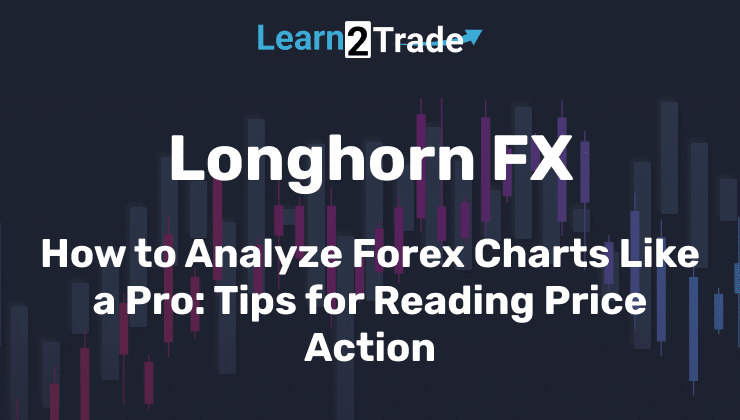In Forex trading, mastering the skill of analyzing price charts is crucial for success. While many traders rely on technical indicators to guide their trades, price action analysis focuses solely on the movement of price itself. By understanding and interpreting price movements, traders can make informed decisions without the need for additional tools or complex analysis. This approach offers a clearer view of market sentiment and helps identify potential trade opportunities.
Here’s how you can analyze Forex charts like a pro by reading price action:
1. Understand Candlestick Patterns
Candlestick charts are the most popular type of chart among Forex traders because they provide more information than simple line or bar charts. Each candlestick represents the open, close, high, and low prices of a currency pair within a specific time frame, making them an invaluable tool for understanding market psychology.
Key candlestick patterns include:
- Engulfing Pattern: This occurs when a larger candle completely engulfs the previous one, signaling a potential trend reversal. A bullish engulfing pattern suggests the price may rise, while a bearish engulfing pattern indicates a potential drop.
- Doji: A doji forms when the open and close prices are nearly the same, indicating indecision in the market. When found at the top or bottom of a trend, it may signal a reversal is on the way.
- Hammer and Shooting Star: A hammer has a small body and a long lower wick, indicating buying pressure after a downtrend. Conversely, a shooting star signals potential selling pressure after an uptrend, with a small body and a long upper wick.
Learning to recognize these and other patterns allows traders to anticipate potential reversals or continuations in the market.
2. Identify Support and Resistance Levels
Support and resistance are critical concepts in price action analysis. Support levels are price points where the market historically has a tendency to stop falling and may start rising, while resistance levels are price points where upward movements have historically been halted. These levels are important because they represent psychological barriers for traders.
When price approaches a support or resistance level, traders often watch closely for signs of a breakout or reversal. If the price breaks through a resistance level, it may signal further upward movement, and if it breaks below support, it could suggest the beginning of a downtrend. However, many traders use these levels as points to enter or exit trades, taking advantage of the potential price reaction.
3. Learn to Use Trendlines
Trendlines are straight lines drawn between two or more price points on a chart to help visualize the direction of the market. An upward trendline connects a series of higher lows, indicating a bullish market, while a downward trendline connects lower highs, signaling a bearish market.

4. Watch for Chart Patterns
In addition to candlestick patterns, traders often rely on chart patterns to forecast market movements. Some of the most common chart patterns include:
- Head and Shoulders: This is a reversal pattern that signals the end of an uptrend and the beginning of a downtrend. The “head” is a higher peak flanked by two “shoulders” with lower highs.
- Double Top and Double Bottom: These patterns indicate potential reversals. A double top forms after an uptrend, signaling that the price may fall, while a double bottom indicates that a downtrend could reverse into an upward movement.
- Triangles: Symmetrical, ascending, and descending triangles form when the price consolidates before breaking out in one direction. These patterns provide traders with clues about where the market may be headed.
By mastering these patterns, traders can identify high-probability entry and exit points in the market.
5. Pay Attention to Price Action Signals
Price action signals such as pin bars, inside bars, and breakout bars give traders real-time indications of market movements. A pin bar, for example, has a long wick and a small body, signaling a potential reversal. Inside bars form when a smaller bar is completely contained within the range of the previous bar, indicating a period of consolidation before a breakout.
By observing these signals in the context of the overall trend, traders can gain valuable insights into market sentiment and anticipate future price movements.
Becoming a Price Action Expert
To analyze Forex charts like a pro, traders need to focus on candlestick patterns, support and resistance levels, trendlines, and chart patterns. These tools allow you to gauge market sentiment, spot potential trend reversals, and identify entry and exit points. By mastering the art of reading price action, you’ll gain an edge in the market, reducing your reliance on technical indicators and developing a more intuitive trading strategy.
When choosing a broker to execute your trades, it’s important to have one that supports your trading approach. LonghornFX offers tight spreads, ensuring that price action traders can capitalize on small market movements without paying high transaction costs. Additionally, with leverage of up to 1:500, traders have the flexibility to scale their trades according to their strategy. Whether you’re trend following or identifying reversals, LonghornFX provides the tools and support needed to succeed in the fast-paced Forex market.